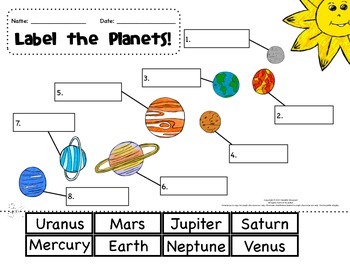


I hope this leads to some good discussion, and I appreciate any constructive input, information or areas where I may acquire some more insight. Adults have a hard time wrapping their heads around those planets way out there in the solar system. other dimensions such as time to which we can treat like distances and locations. Also, how set are we on defining what is "The" Universe? Have there been any discussions on the possibility that things may exist outside of what we perceive as existence? This is perhaps more philosophical than physically scientific though, or is that the realm of the Multiverse.? What I'm curious about is, can we explain the size and shape of the Universe? It appears that the universe we see can be spatially mapped 3 dimensionally right now, but this may change as we come to understand. If said freighter's pilot was getting absolutely hammered minutes before preflight at a Europan tavern would he say he was headed to Earth's moon? Whereas another guy might say he's just flying to Phobos. Suppose a freighter was traveling from, say Europa to the Earth's moon. However, even with all these things, most of the solar system is empty space. This includes the eight planets and their moons, dwarf planets, and countless asteroids, comets, and other small, icy objects. but what is only one star system called?Ģ. The solar system consists of the sun and everything that orbits, or travels around, the sun.

What is the name for a solitary multiple star system (I hope I'm wording this correctly! - I get the naming scheme from 2 stars on: Binary, Trinary, Quaternary etc. Youu2019ll discover what the Milky Way looks like from afar and. For the most part this is done, my problem lies in things like:ġ. In this BrainPOP movie, Tim and Moby spout off fun facts about the huge clump of stars that Earth and the rest of the solar system is a part of Find out just how many stars there are in the Milky Way (hint: itu2019s a LOT) as well as what exactly makes up a galaxy like ours. While doing this, I've been able to name every site, system, planet of importance, however I find that an intelligent futuristic society would have some kind of tried and true, advanced naming scheme to reference planets, systems, galaxies etc apart from their relative Universal location as these humans might no longer consider "Earth" home as we do today (no more than my parents consider Africa home, as in Ancestral Eve Africa). Ok, so I've been passionately researching my latest novel idea as it takes place in an extremely far fetched future with long range interstellar travel and all that and the brink of controlled time modulation etc.


 0 kommentar(er)
0 kommentar(er)
